Regulating PFAS, or per and polyfluoroalkyl substances, is no easy task; there are almost 5,000 compounds in the PFAS family, and each compound impacts the environment and public health differently. But as new information about this class of chemicals comes to light, California is taking action. Last month, the state focused its attention on a particularly prevalent member of the PFAS universe—perfluorobutane sulfonic acid (PFBS) and this month the Division of Drinking Water (DDW) established new PFBS notification and response levels. But a federal rule proposed by the EPA may also have a significant impact on current and future California PFAS policies, especially for chemicals of emerging prominence like PFBS.
Over the past few years, PFAS have been the subject of increased legislative and scientific scrutiny. First manufactured in the 1940s, PFAS are used in products that resist heat, water, oil, stains and grease. Many of these products are now integrated into everyday items; furniture, carpets, food packaging, water-proof clothes, and non-stick cookware can all contain PFAS. A significant potential source of PFAS exposure may also occur in certain sources of drinking water. PFAS may contaminate water from a variety of sources, but industrial sites, landfills, wastewater treatment plants, military bases, and airports are all suspected sources of PFAS pollution. Once PFAS enter the water system, usually via discharge or leachate, these “forever chemicals” spread and linger within…

